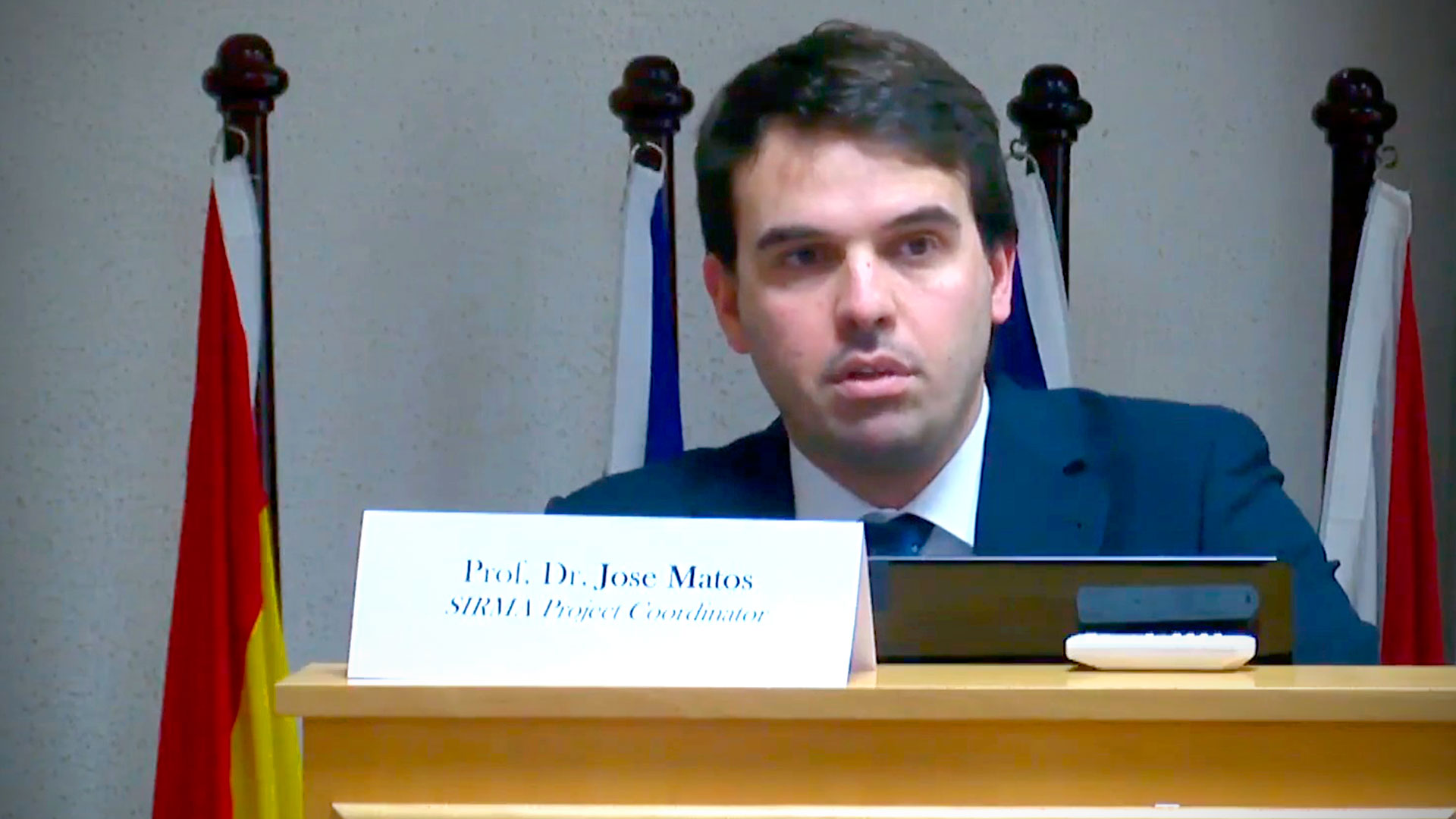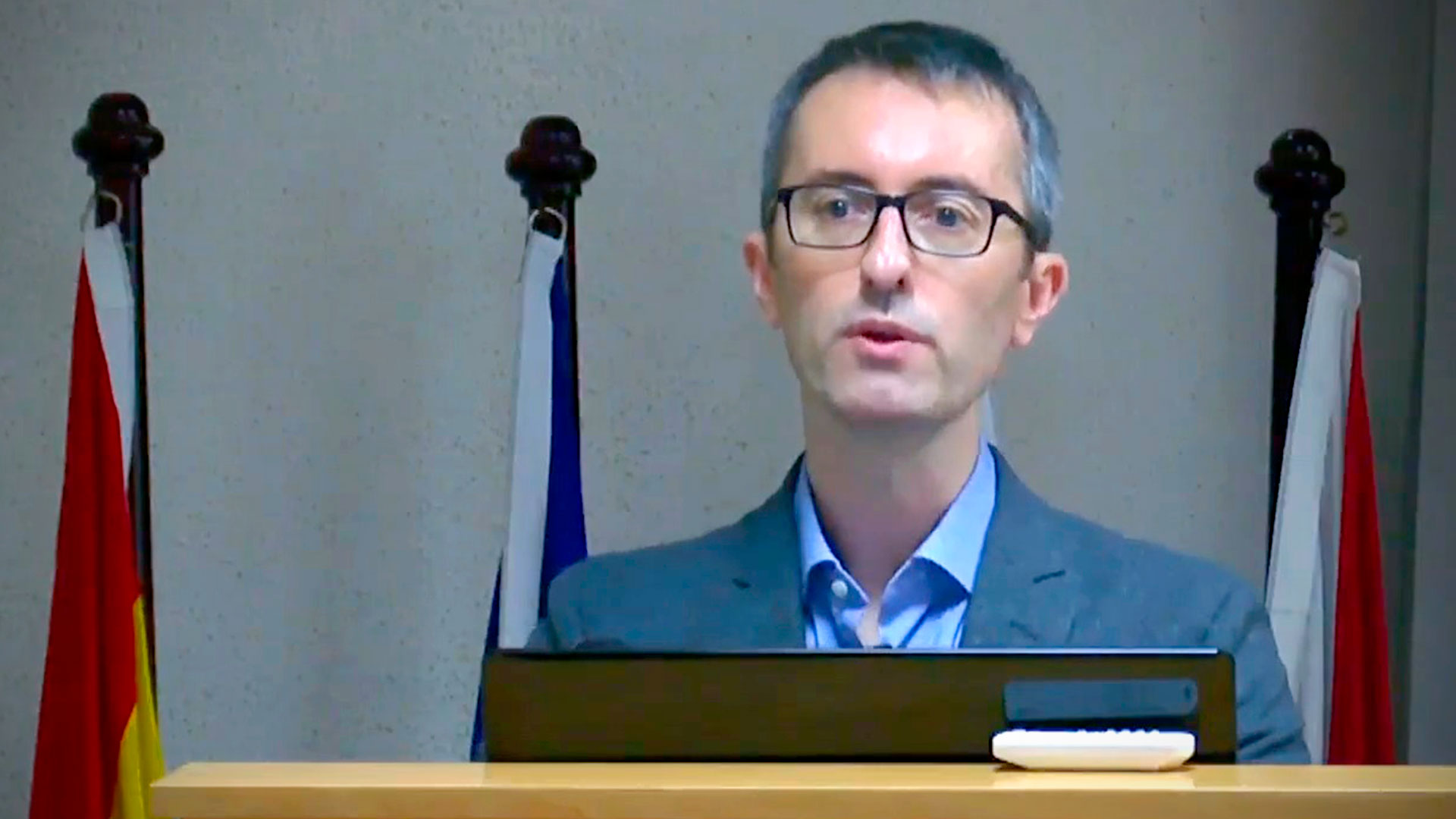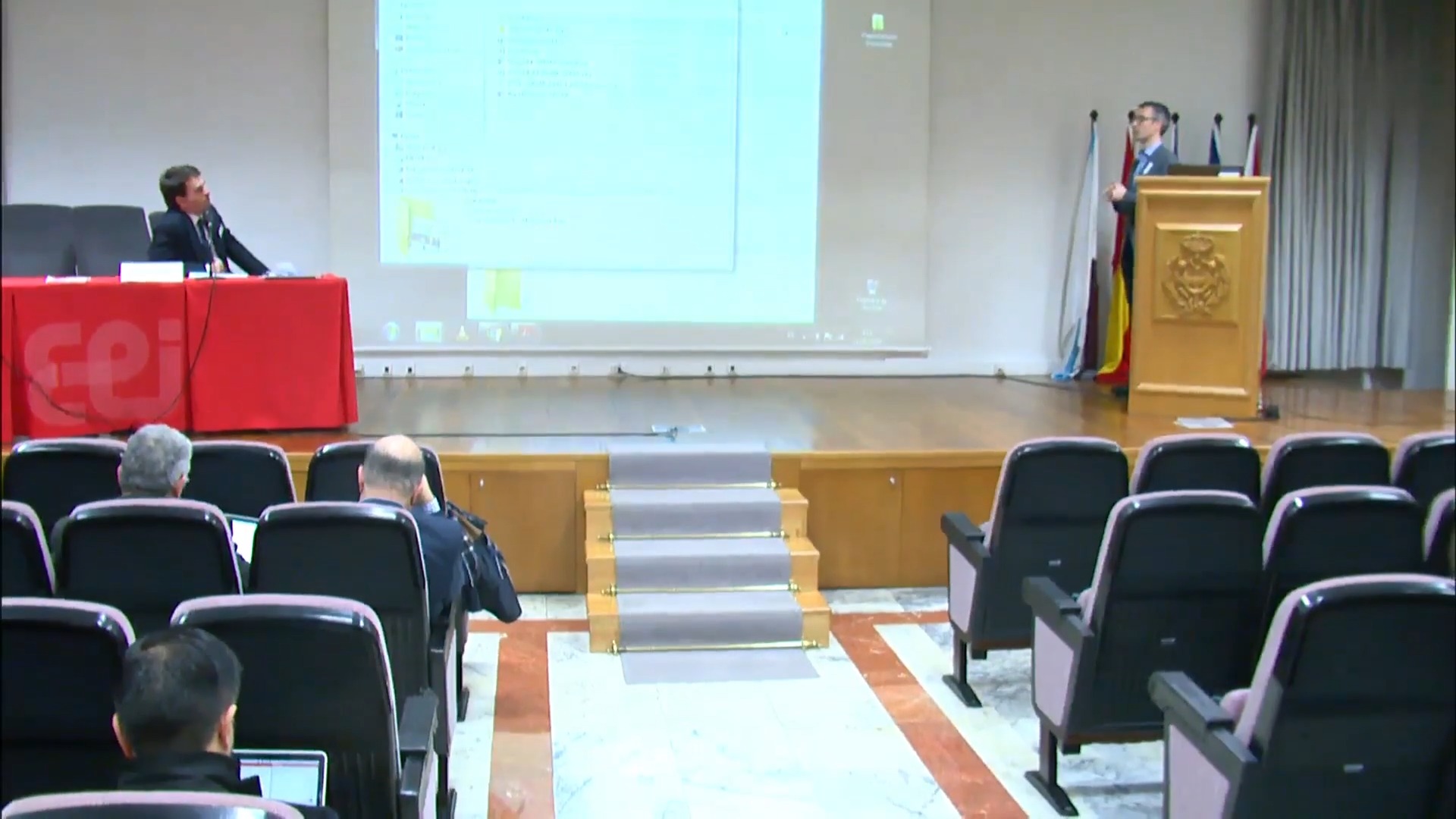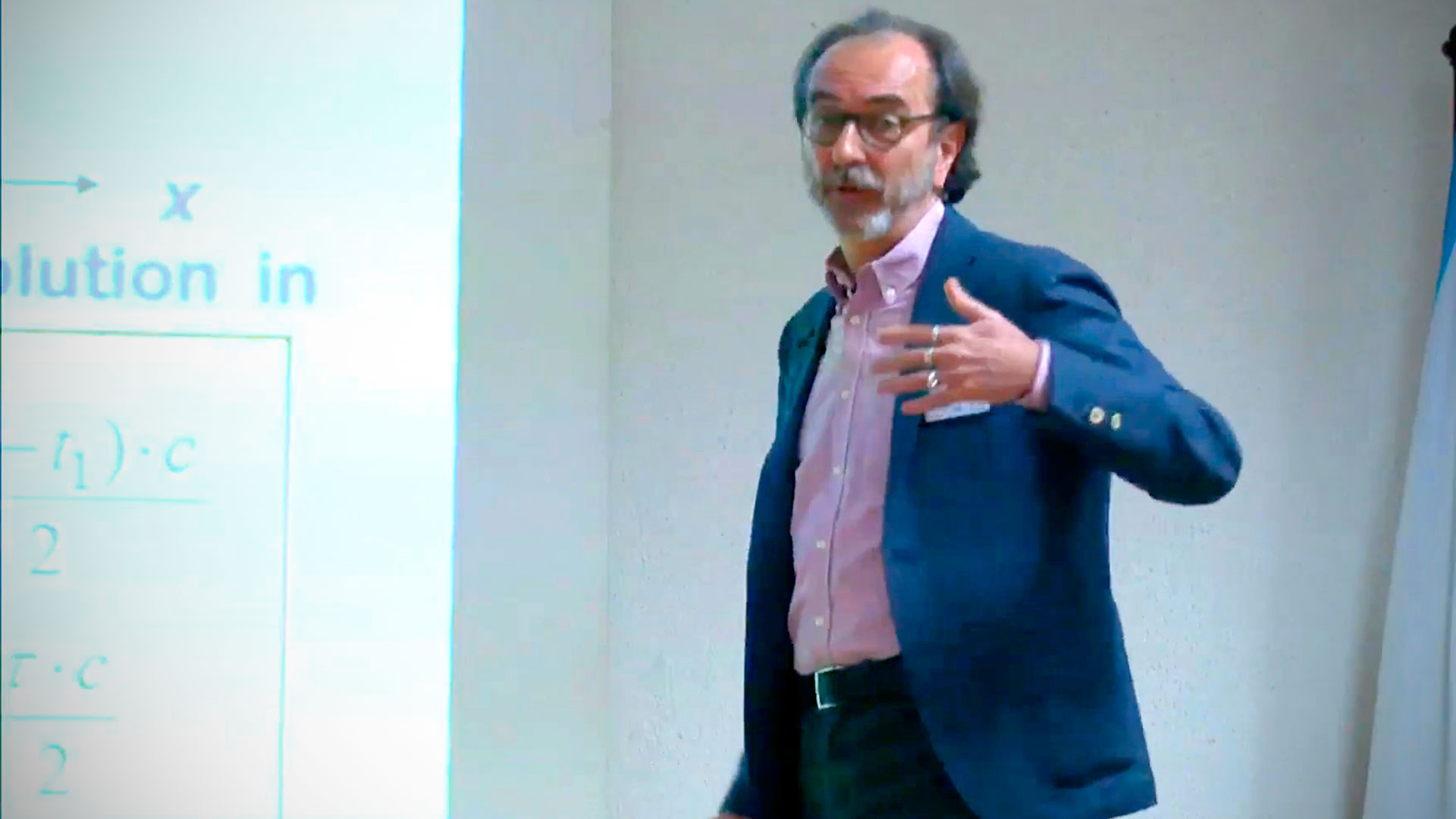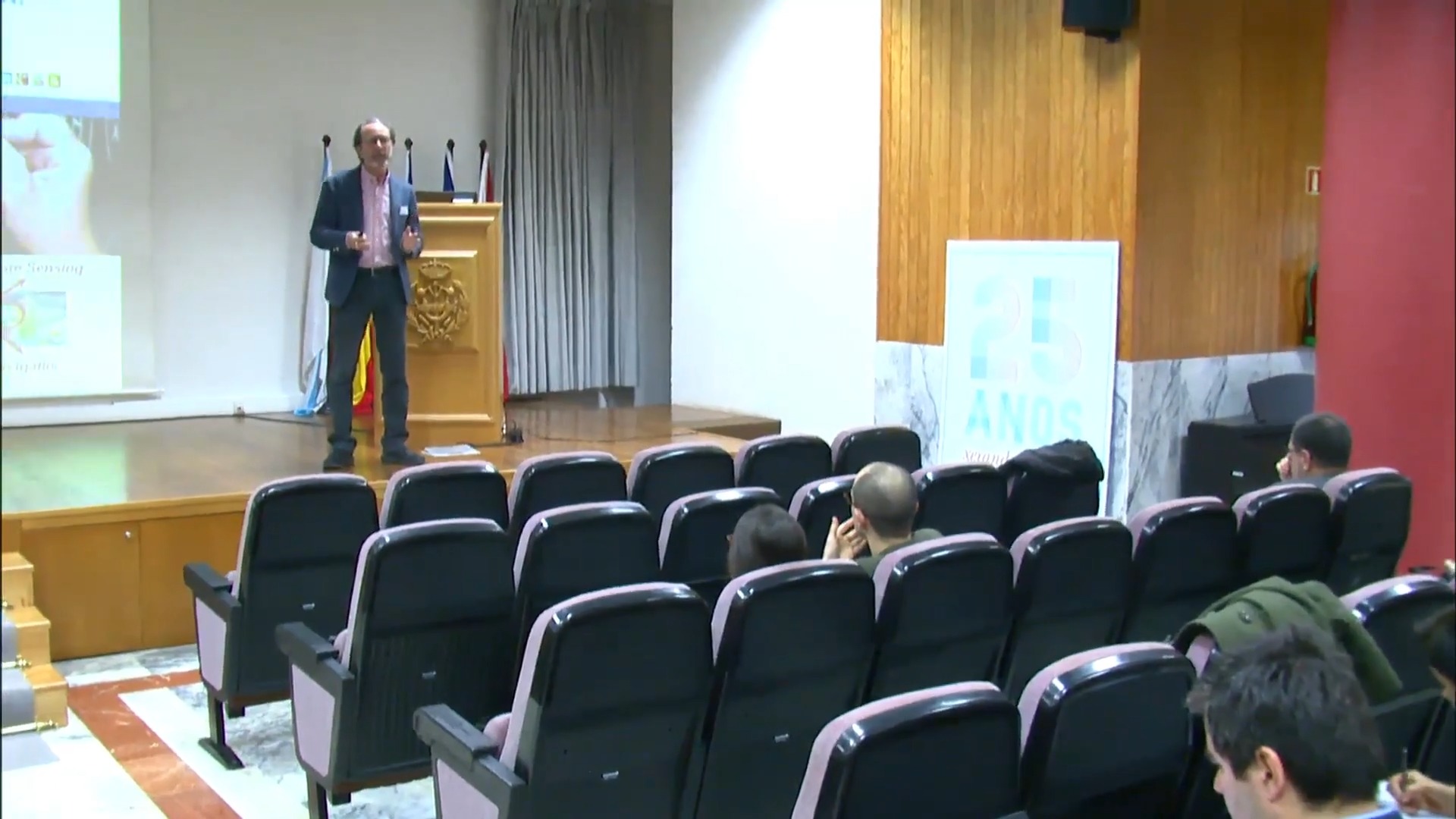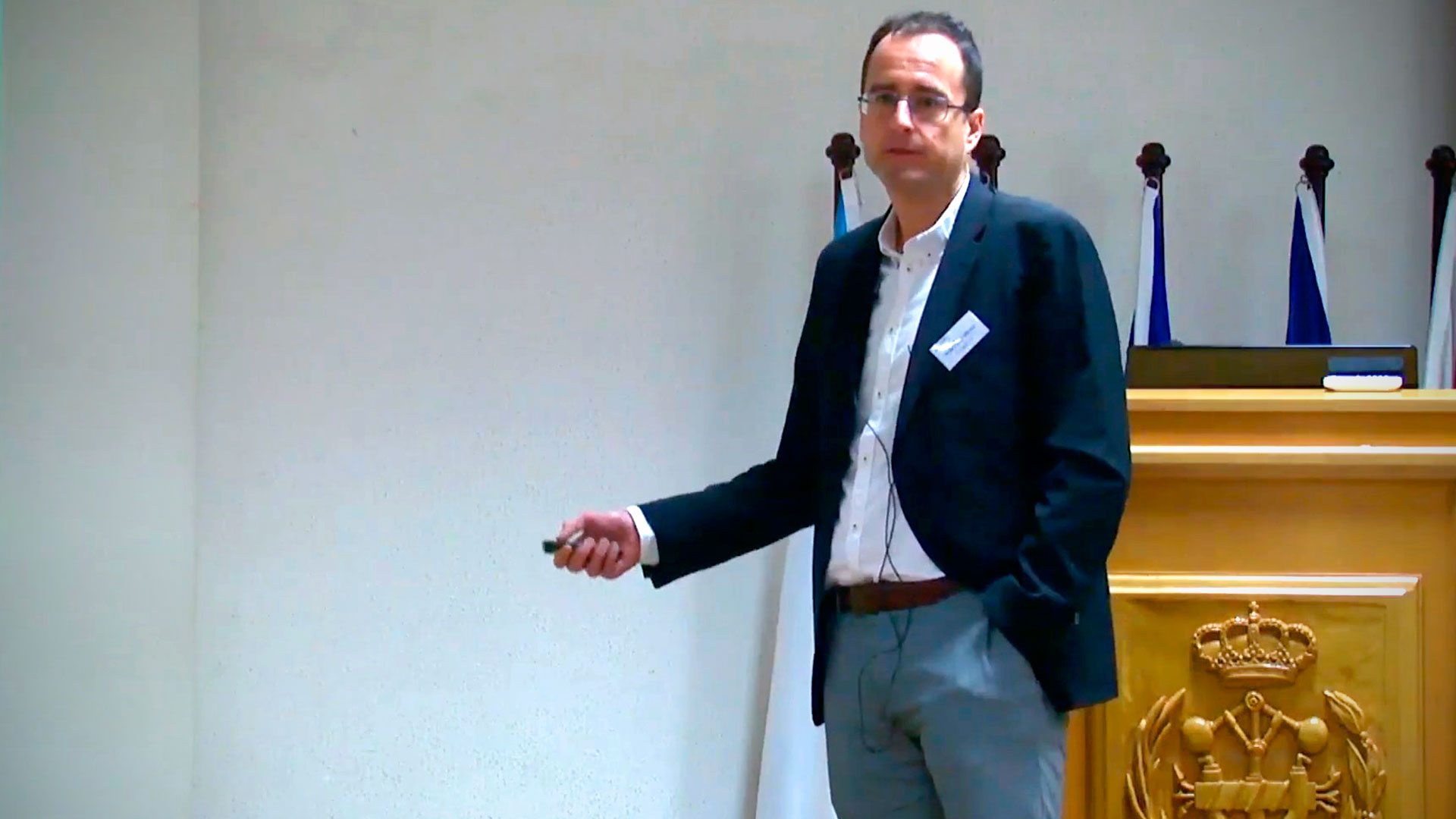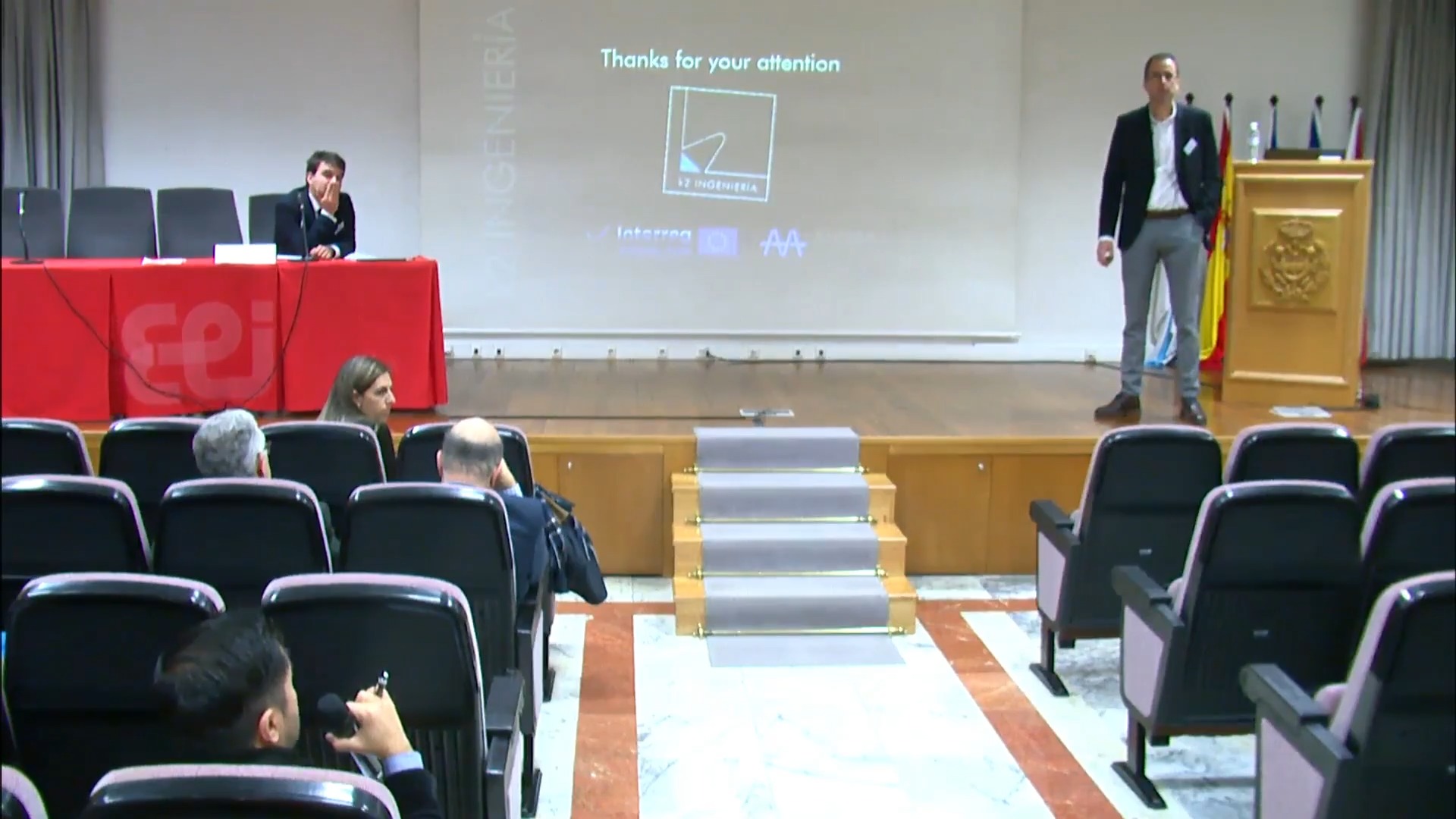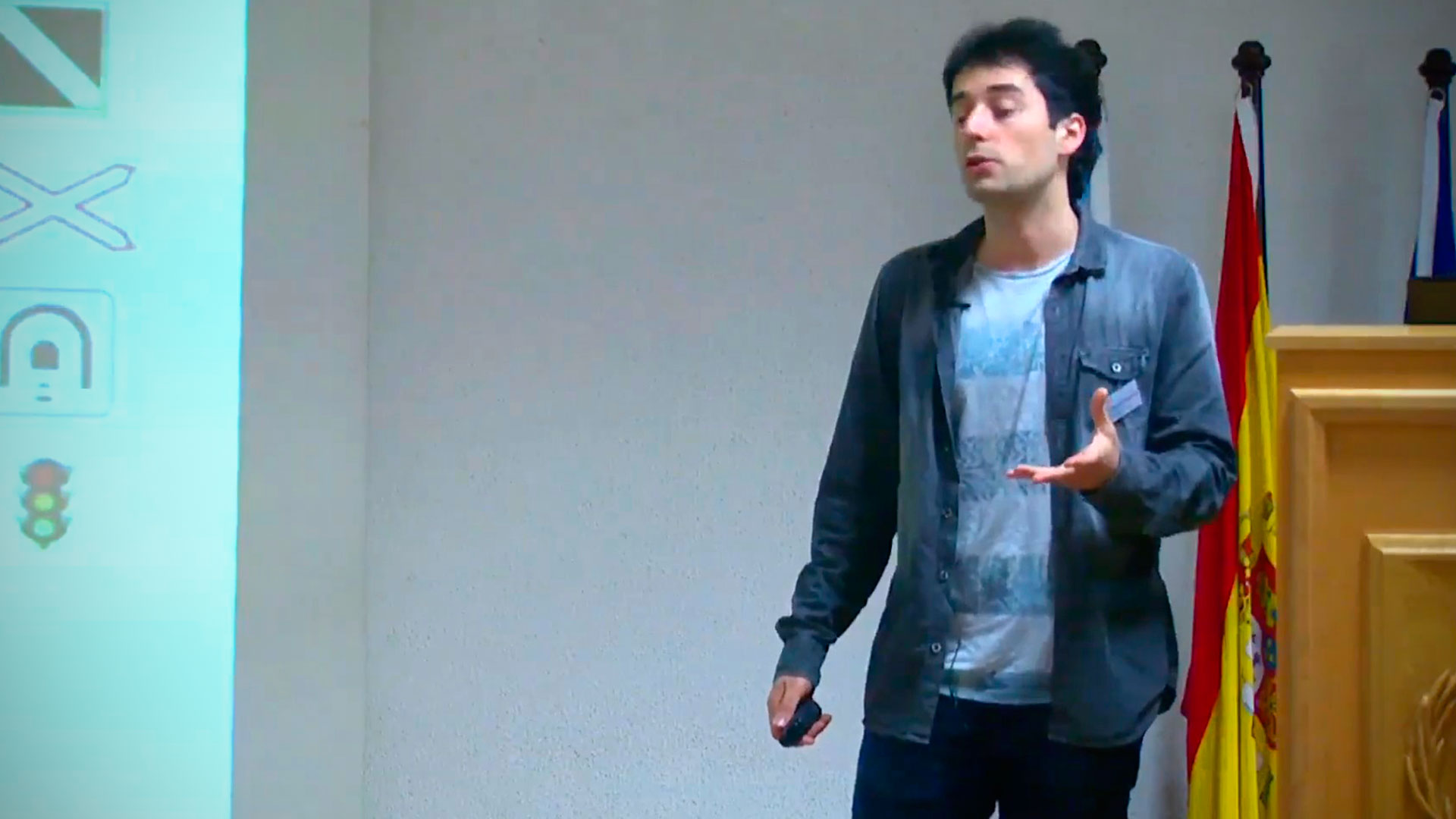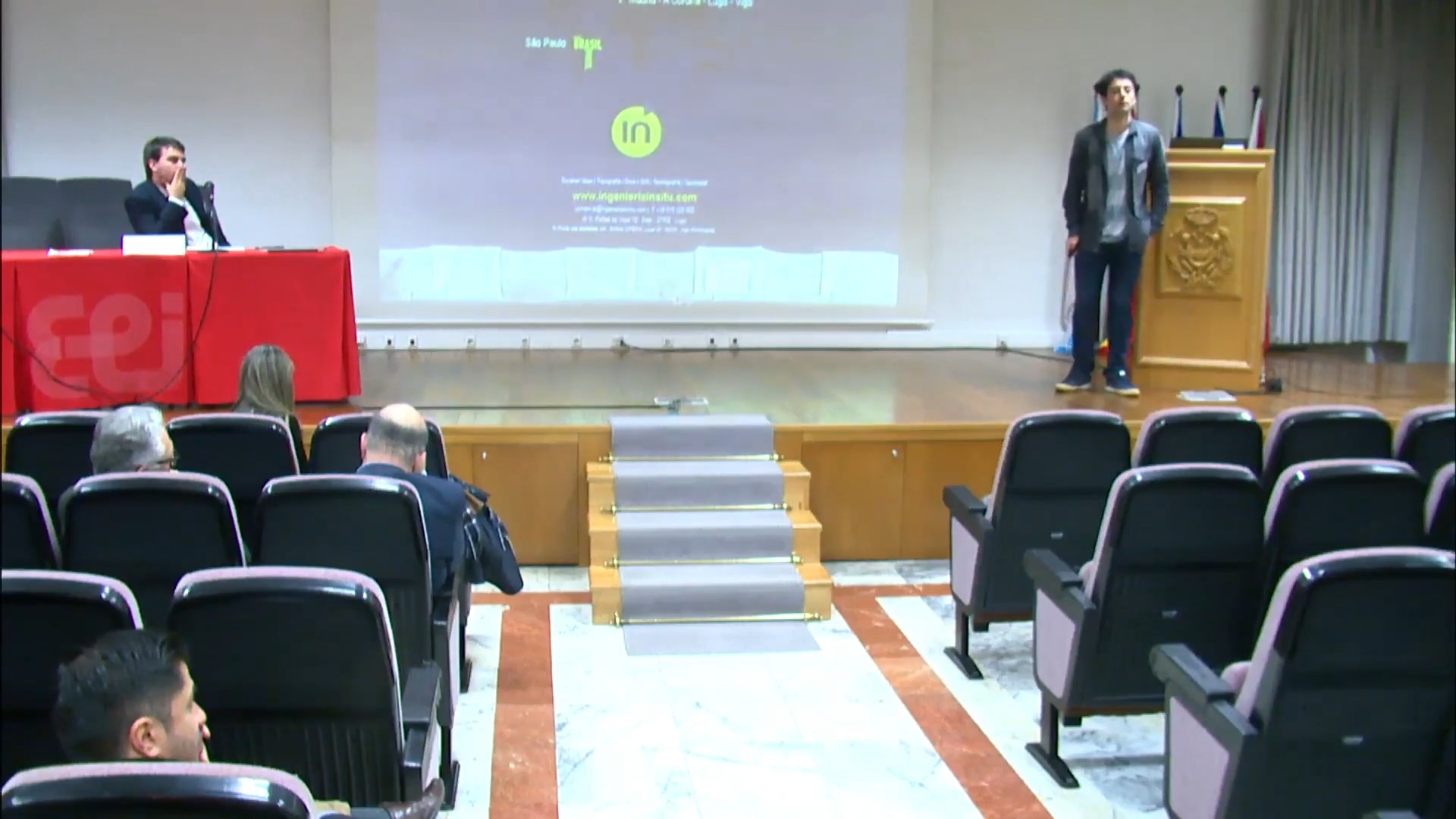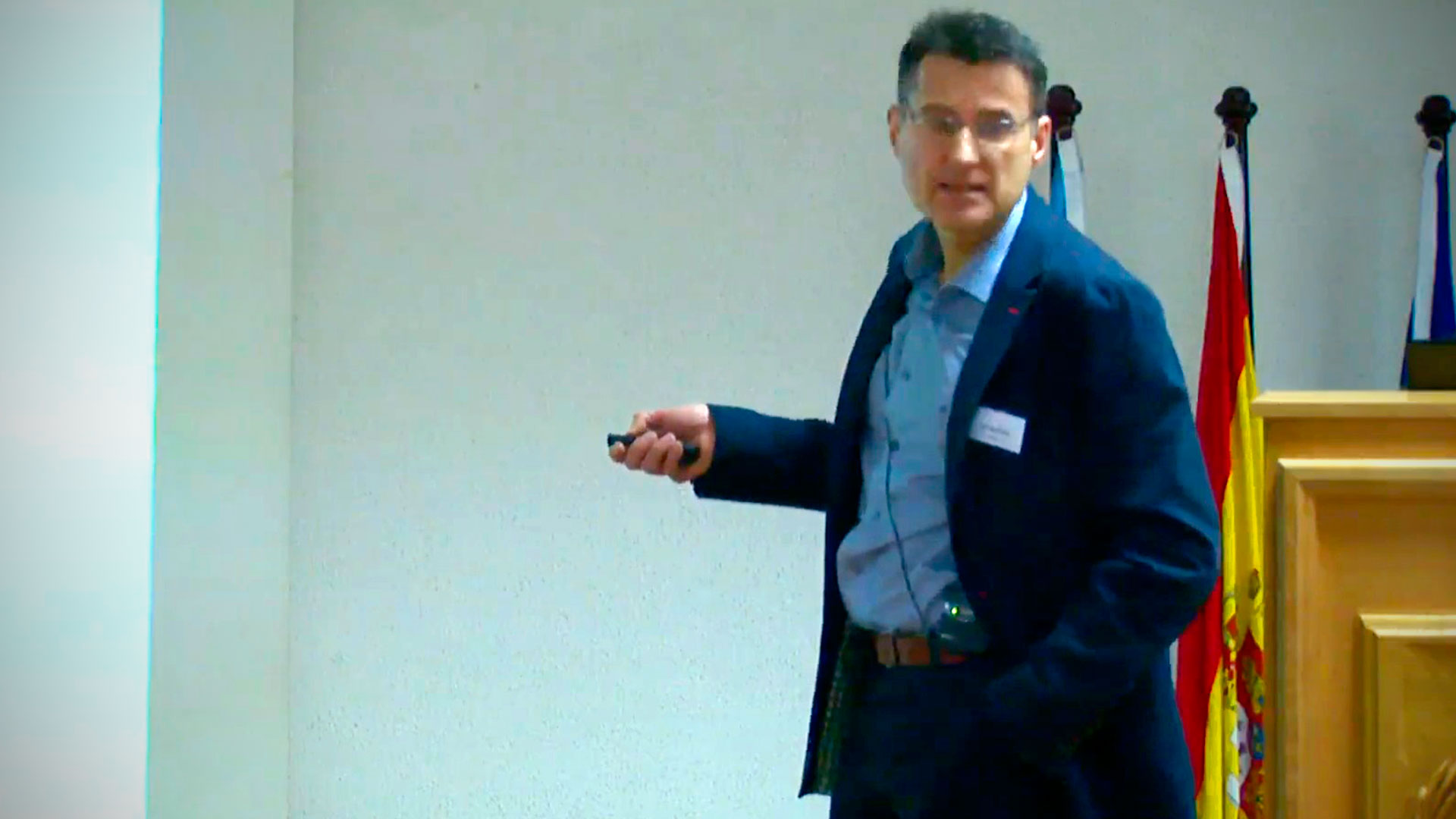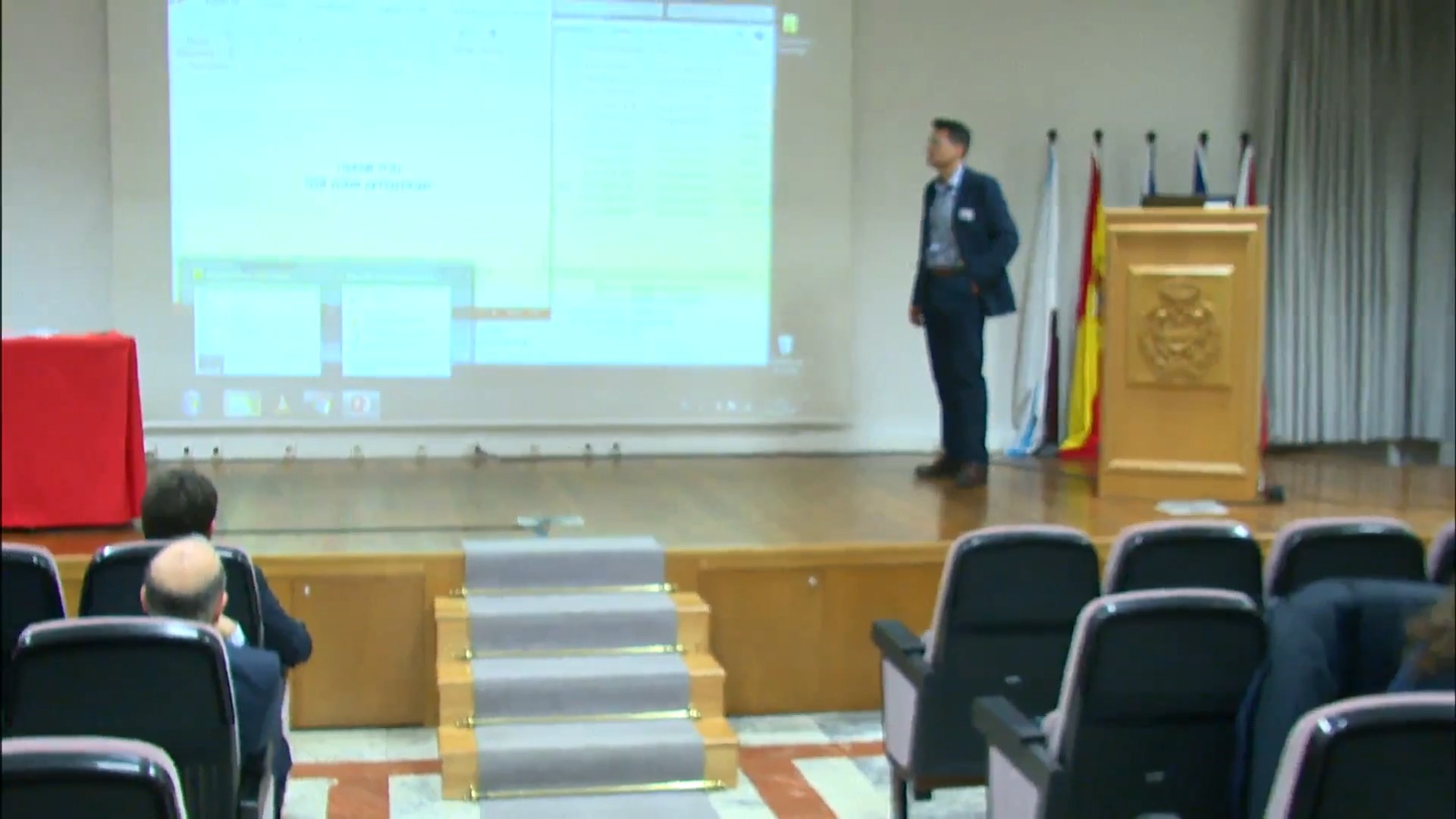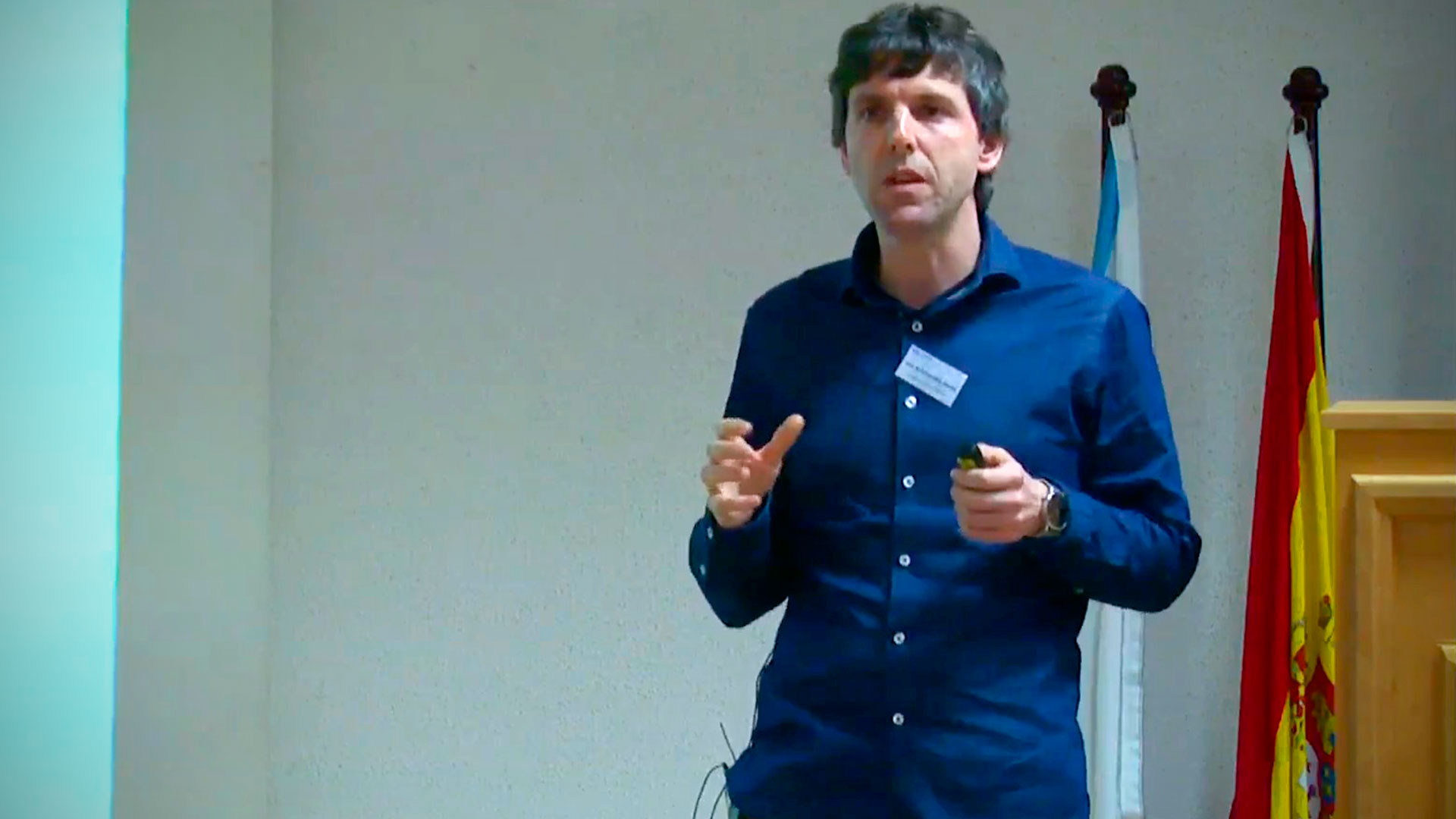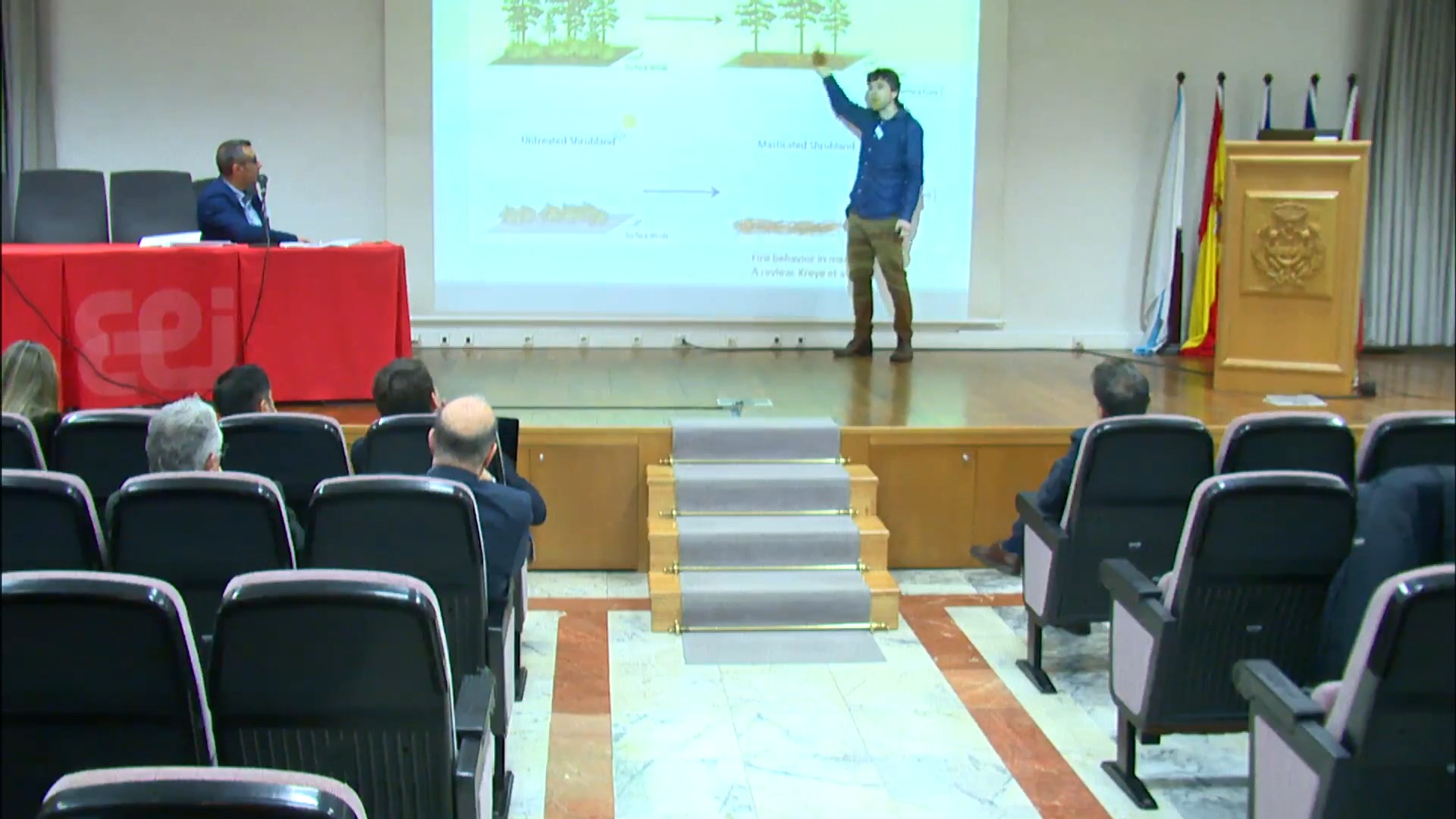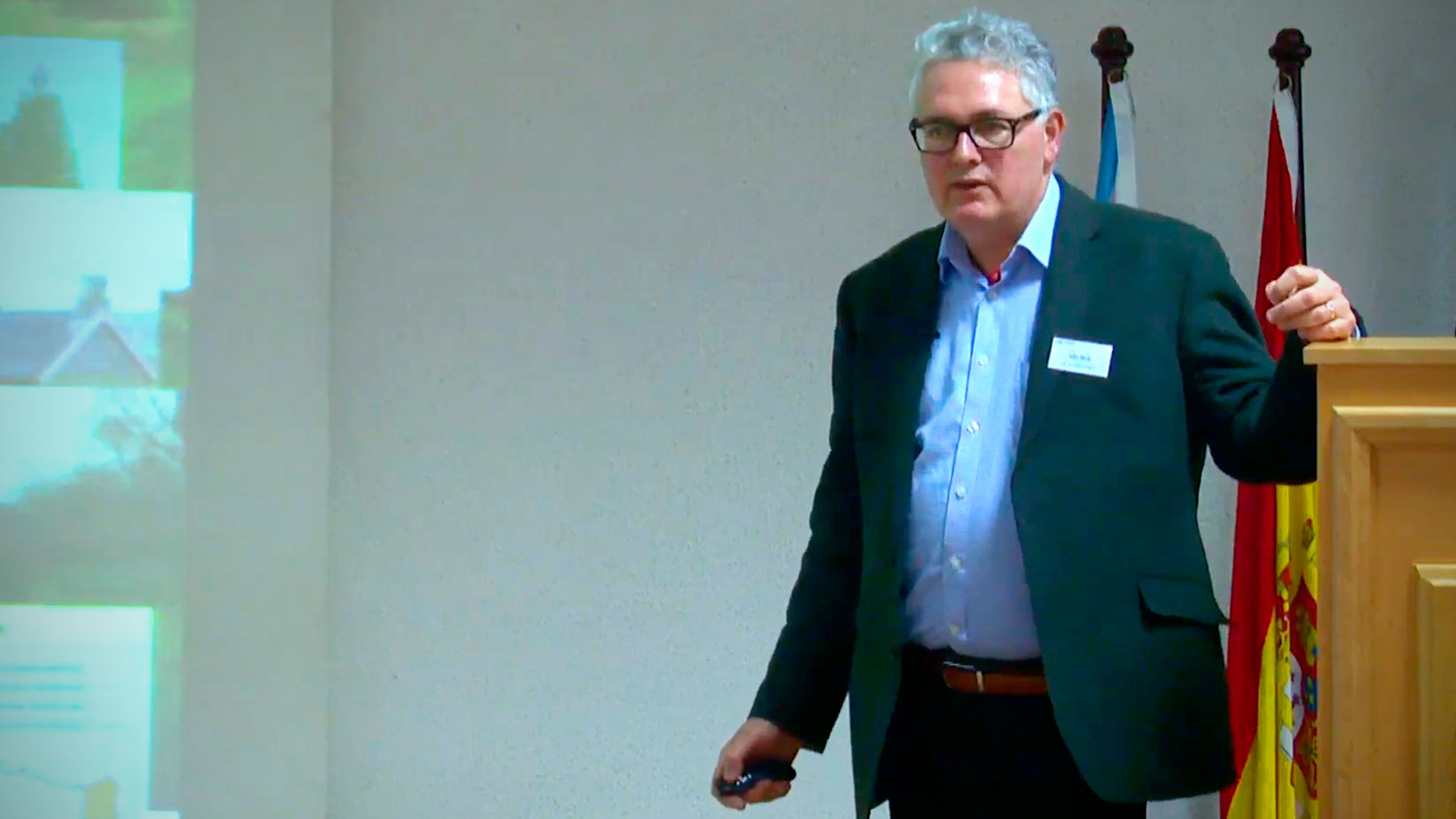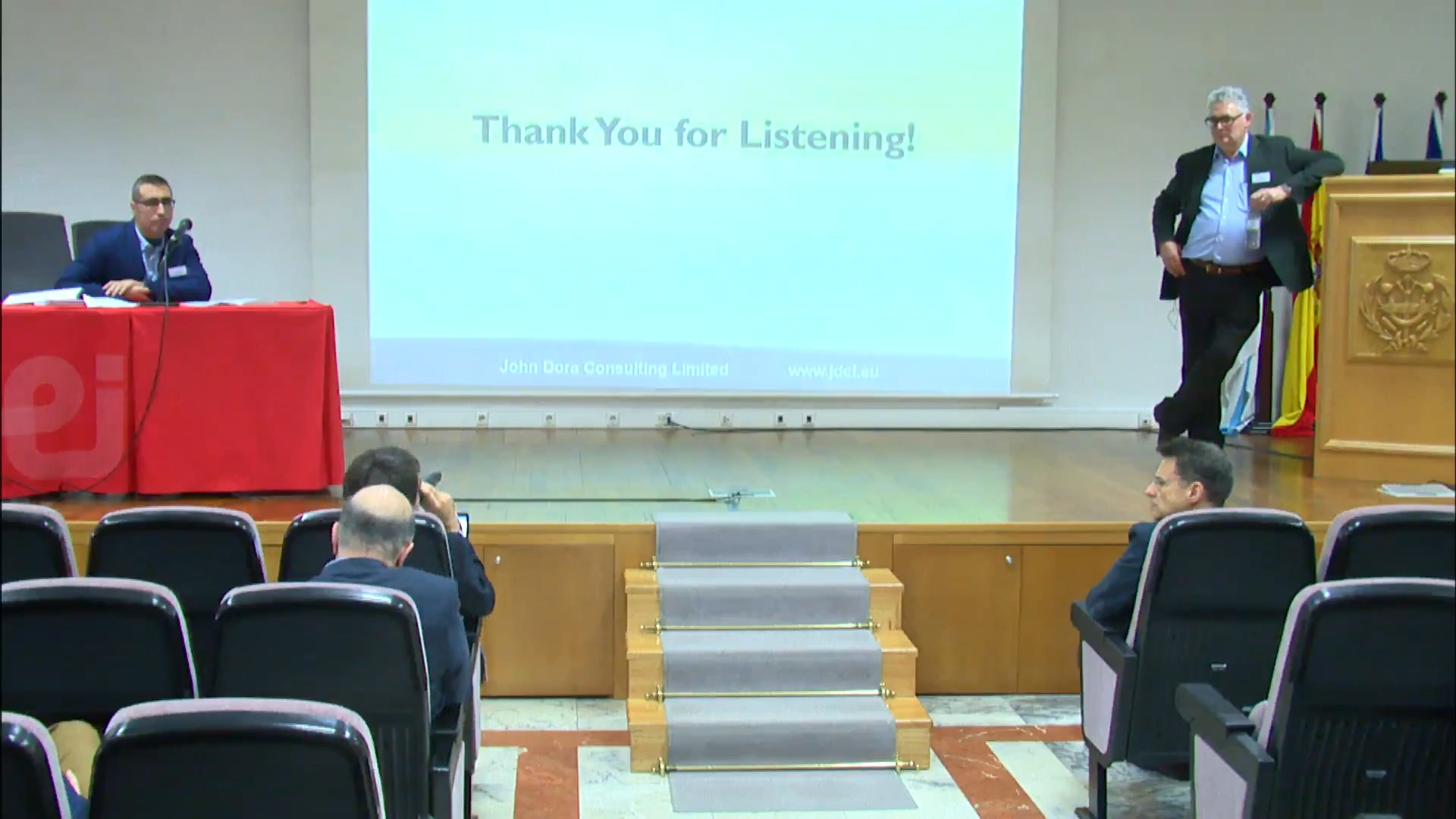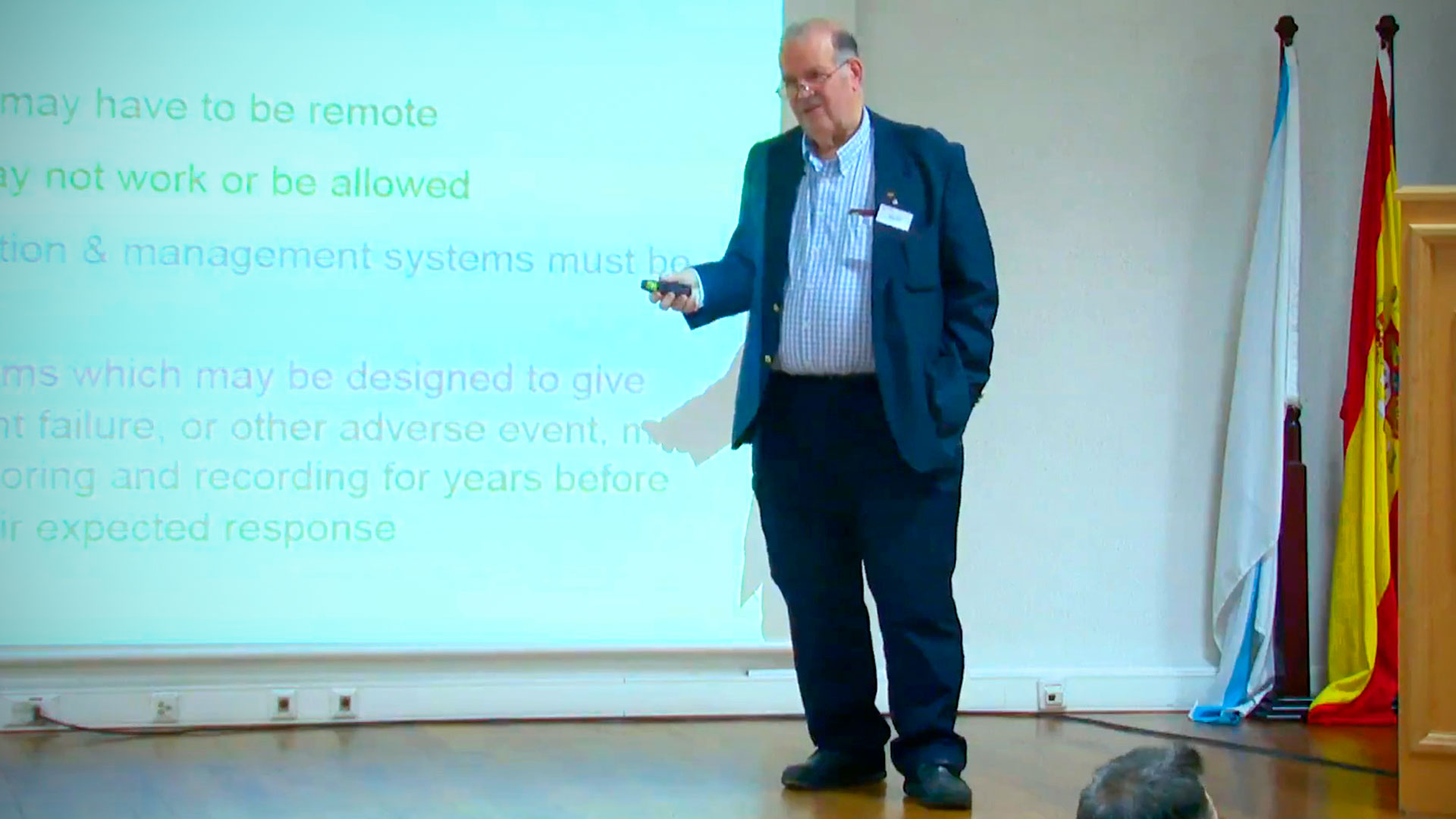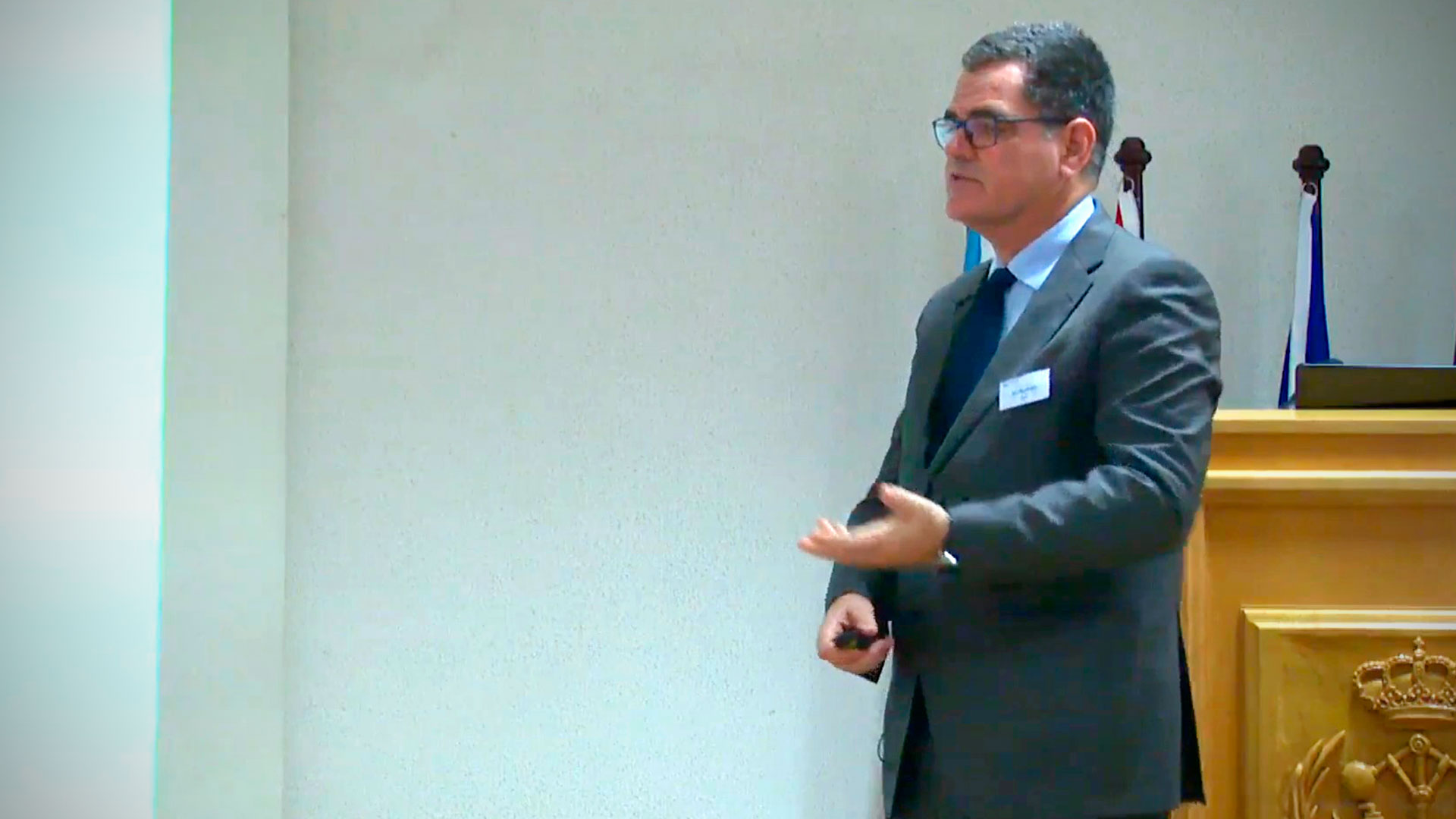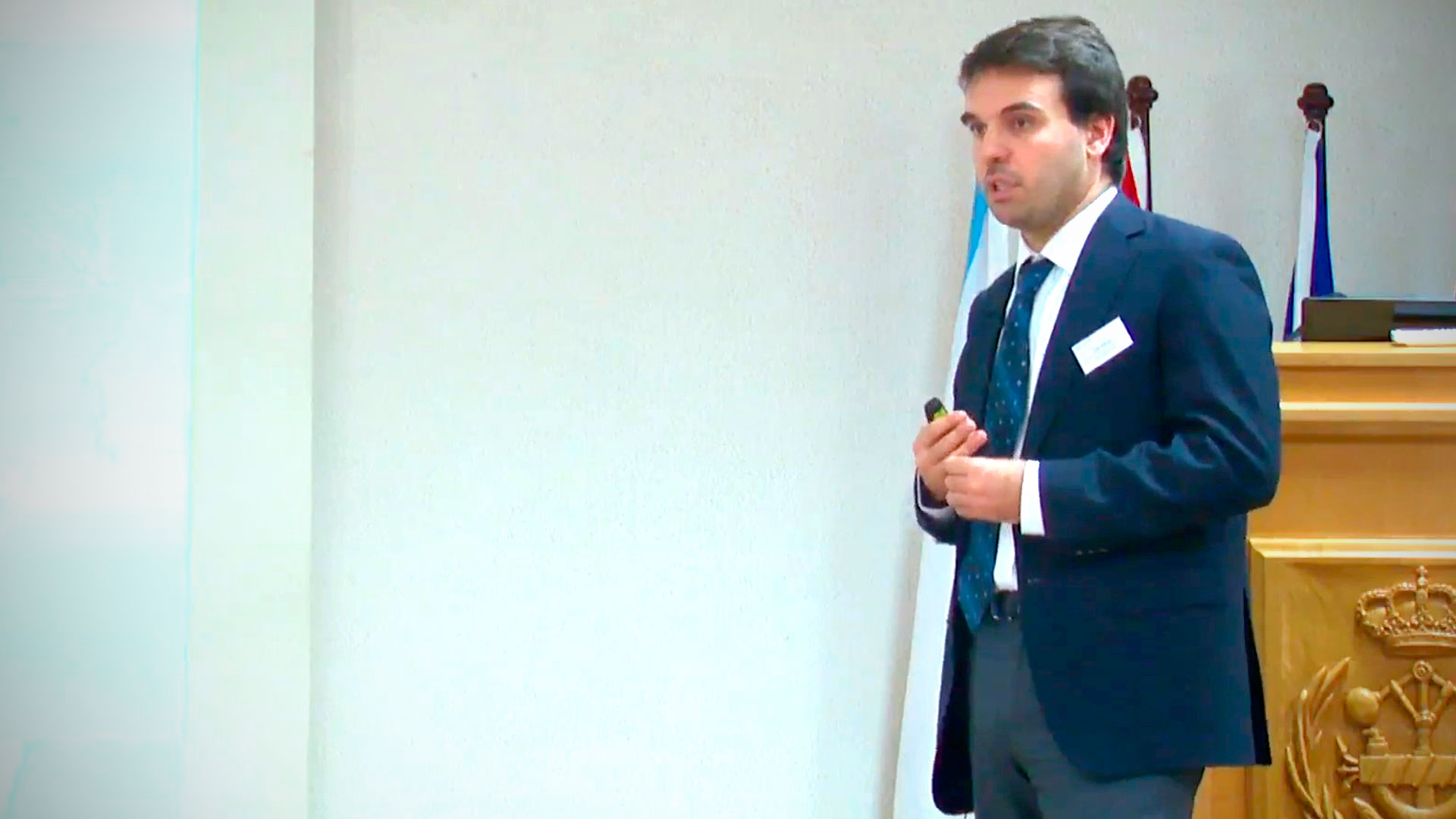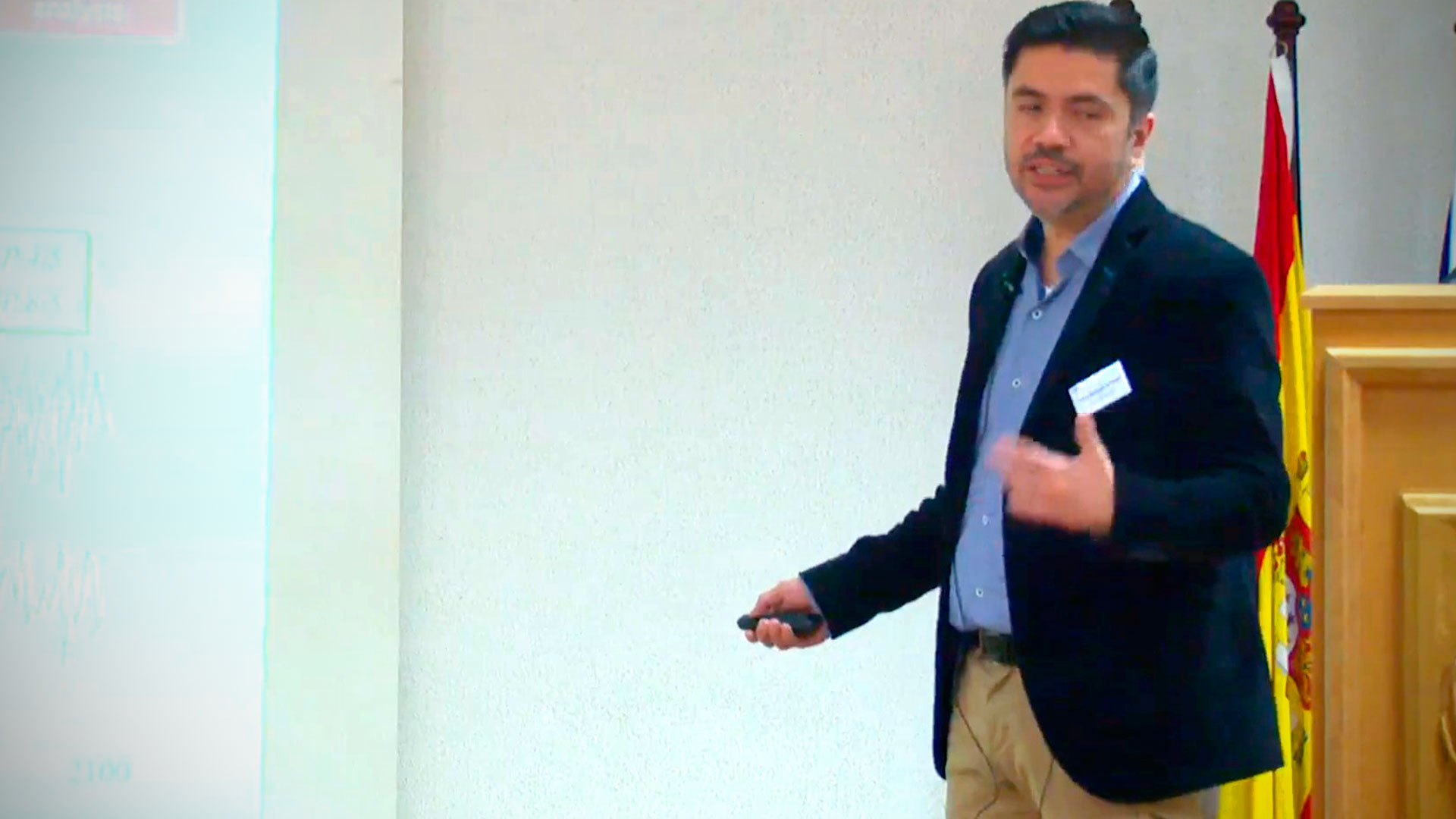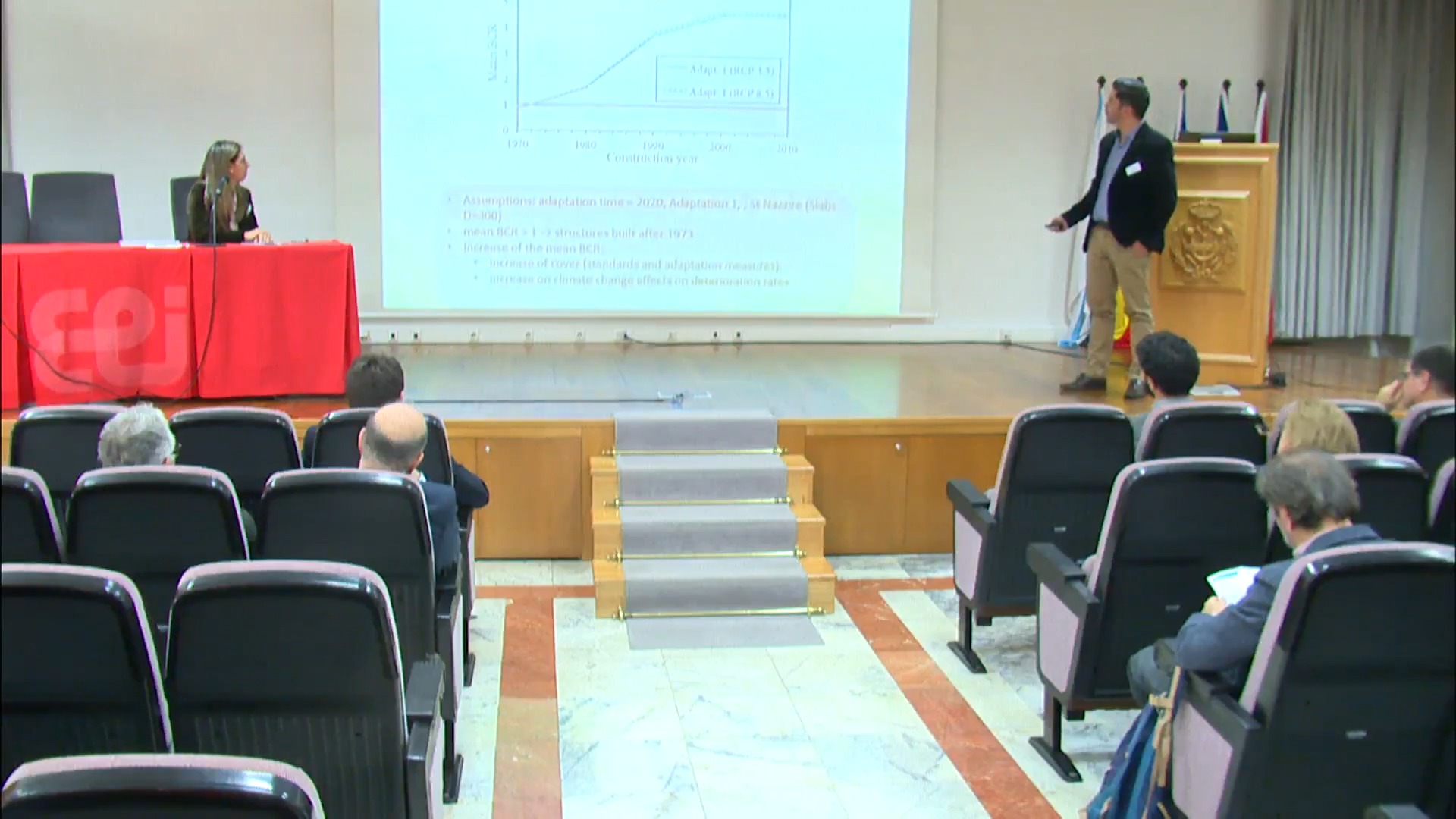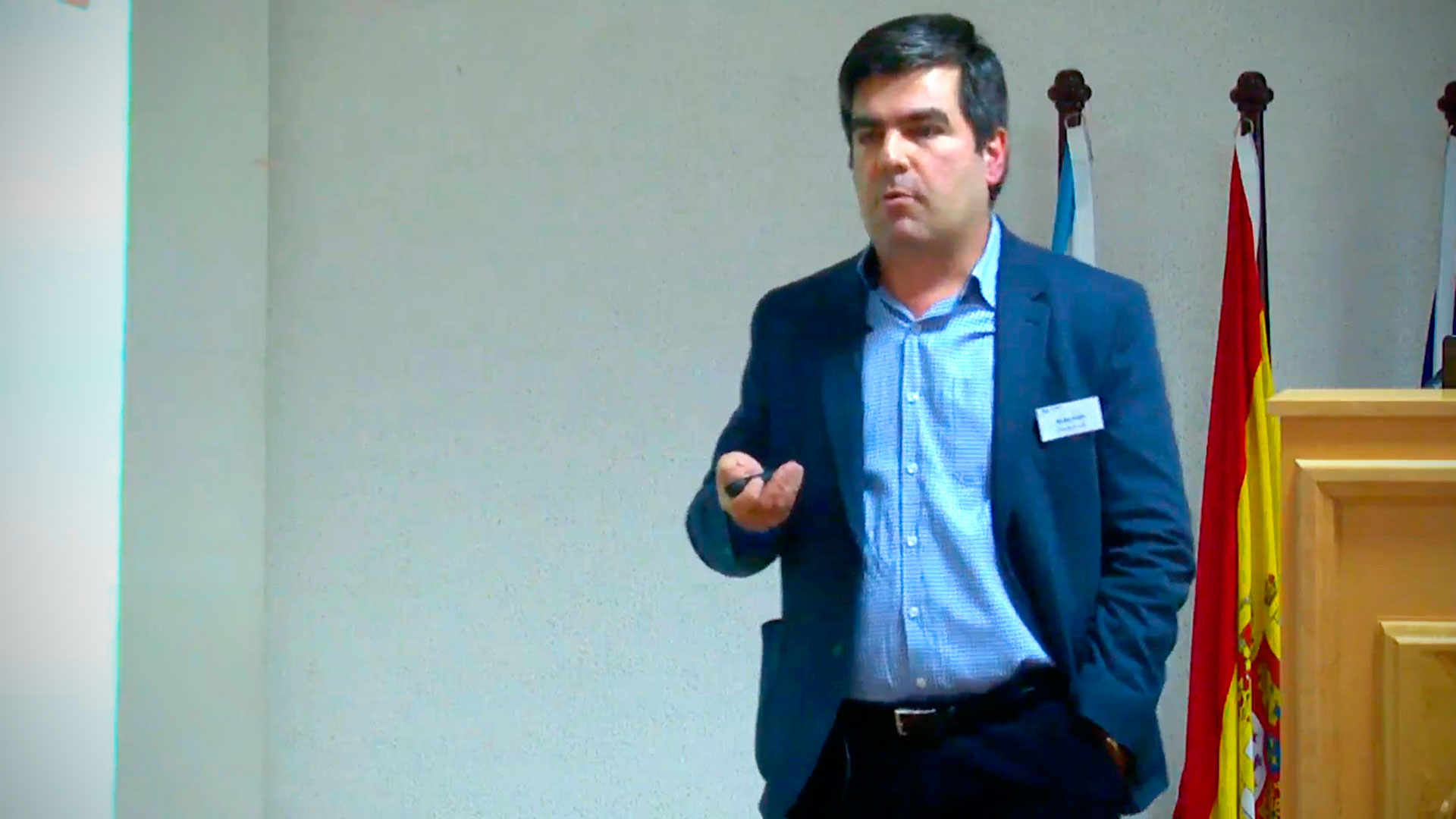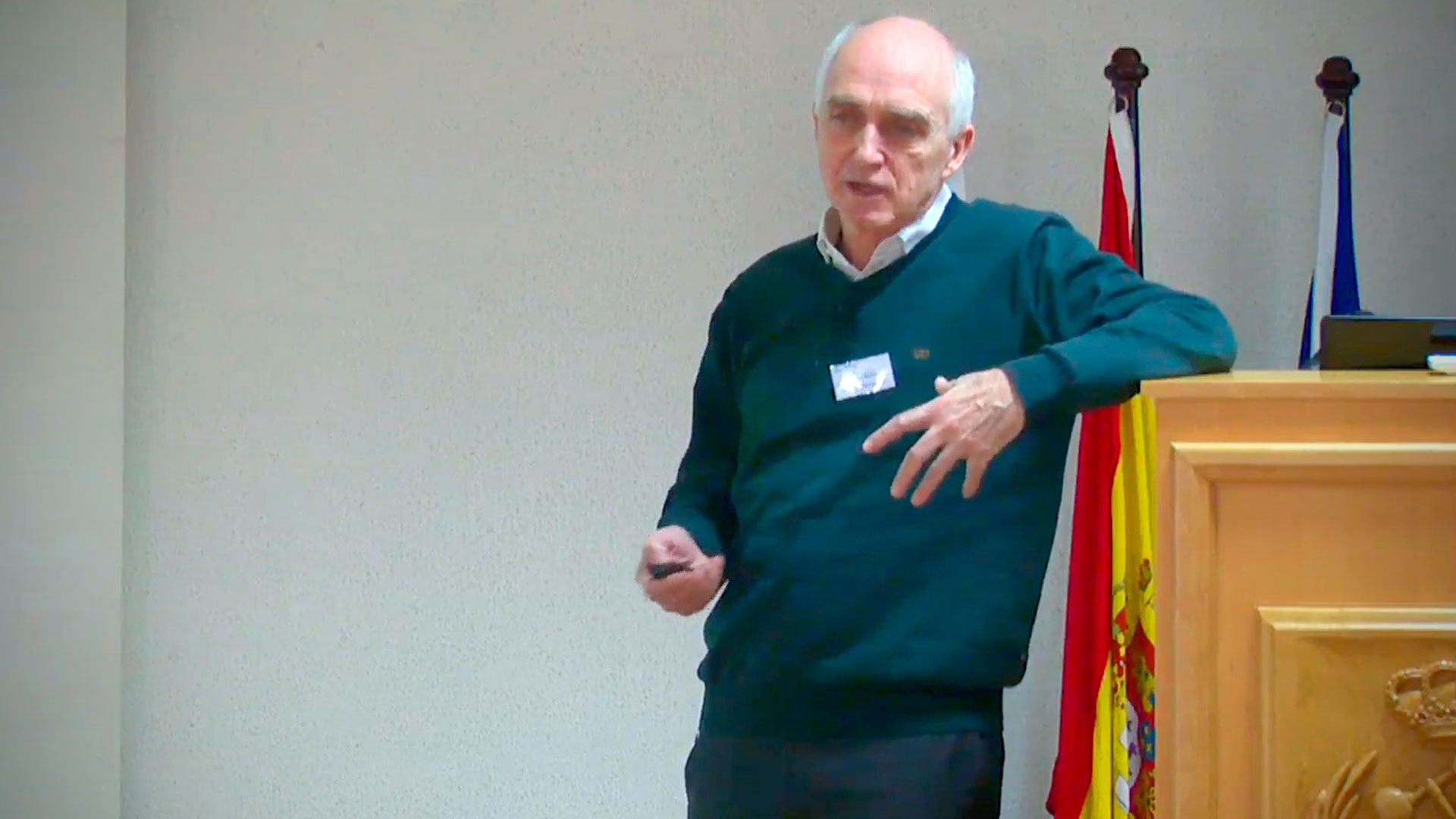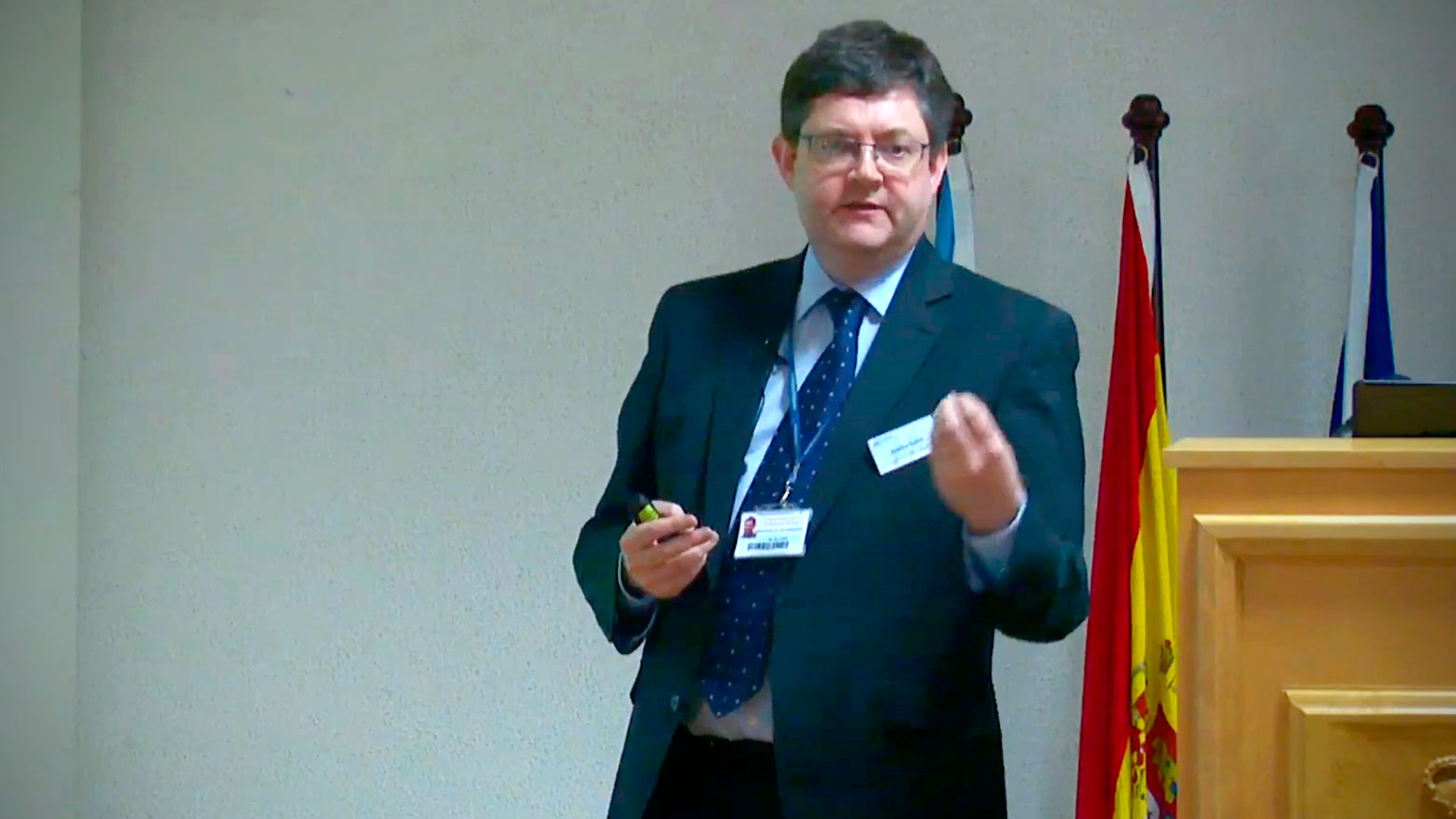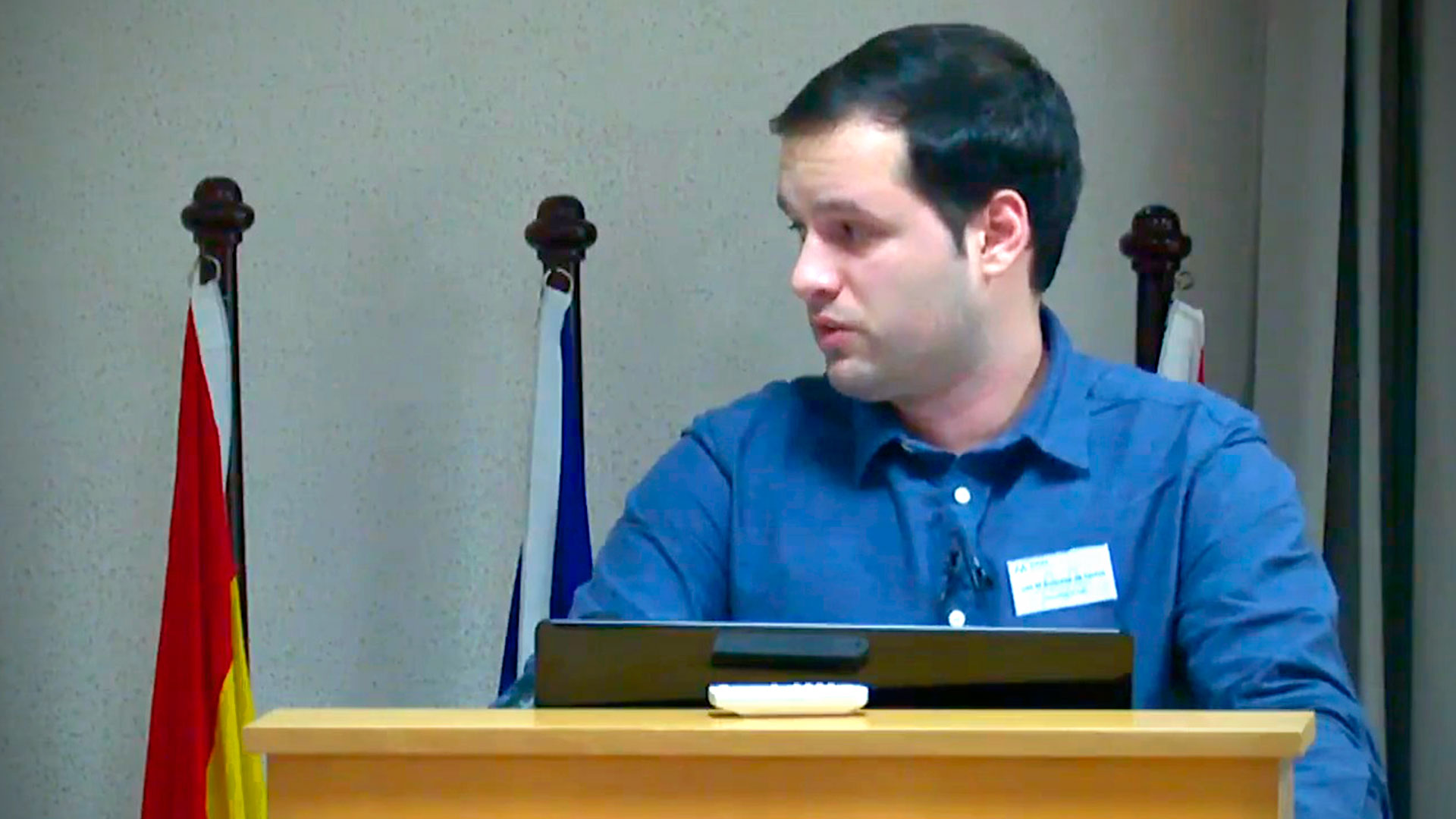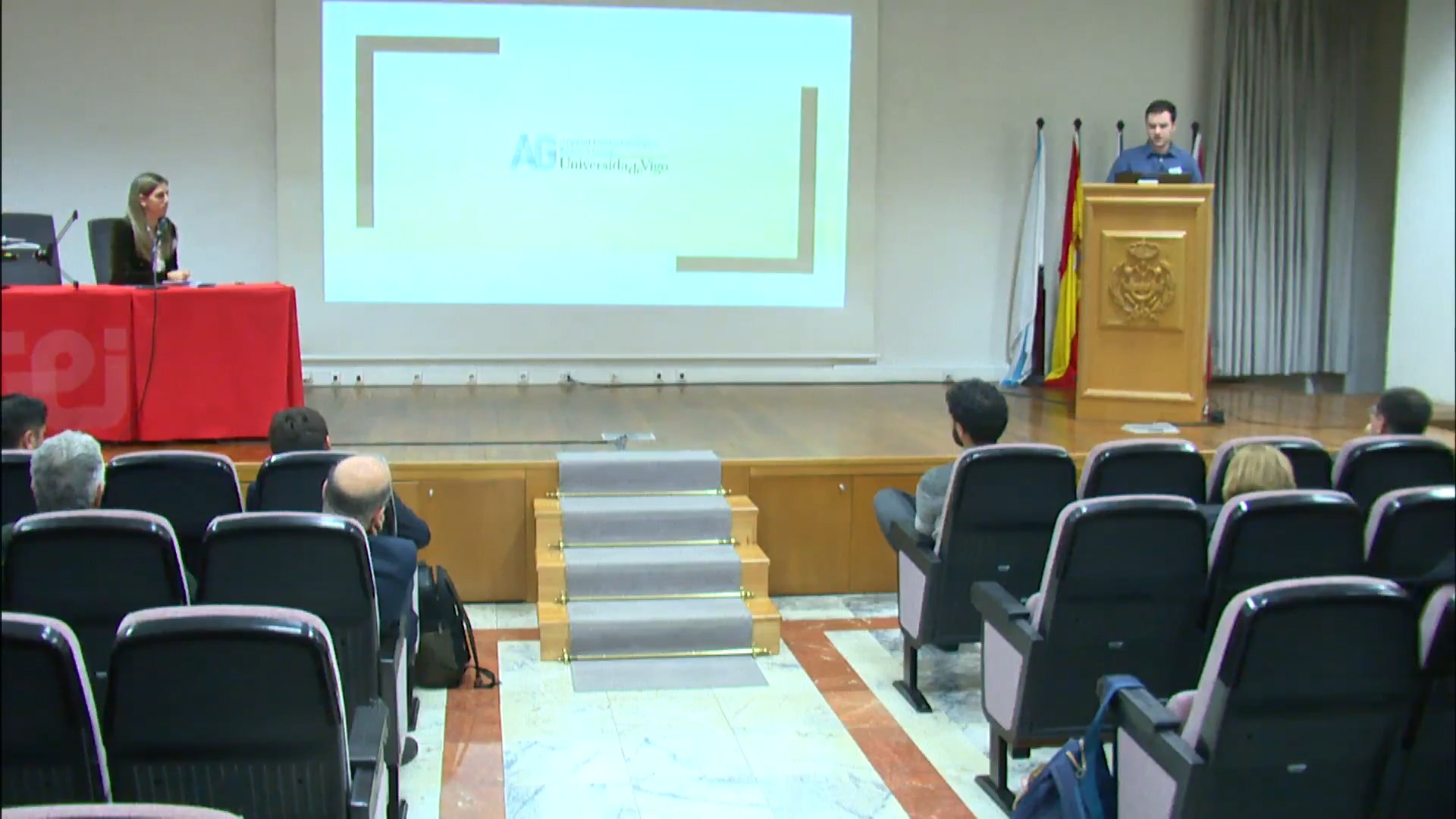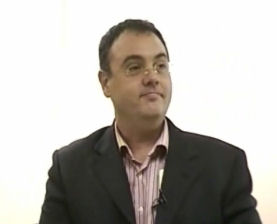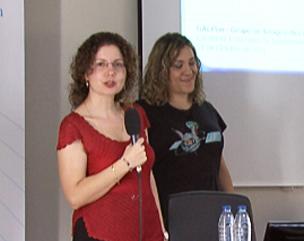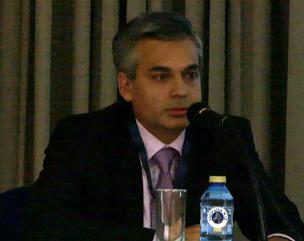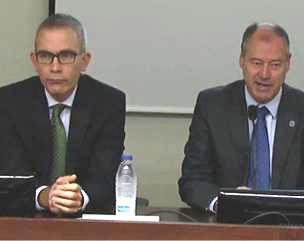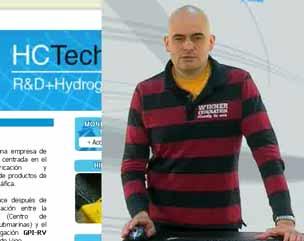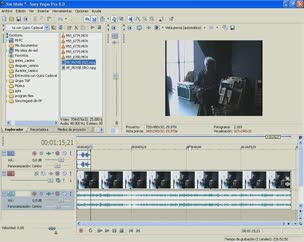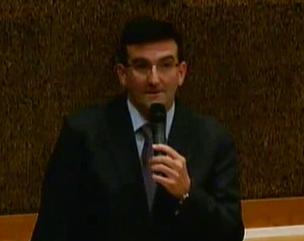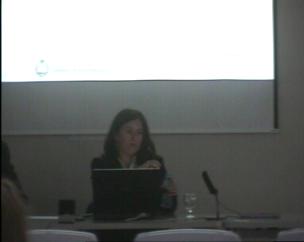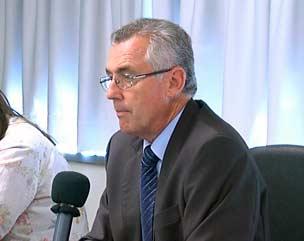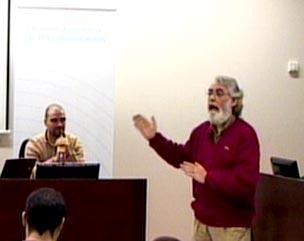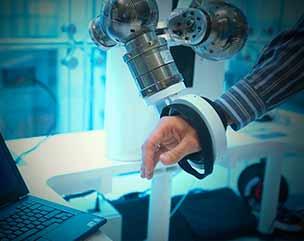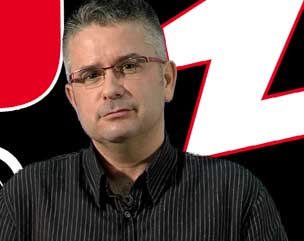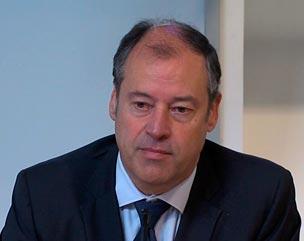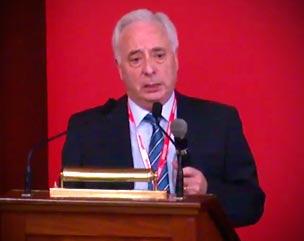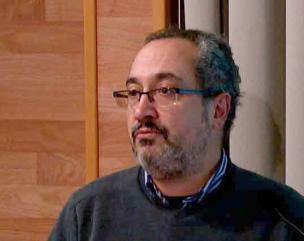Questions. Microwave interferometry: a consolidated technique for estimating the dynamical behaviour of civil structures 14 de xan. de 2020
Questions. Microwave interferometry: a consolidated technique for estimating the dynamical behaviour of civil structures
Most of the transportation of people and godos in Atlantic Area is made through rail and road.
The performance of this infrastructure is directly affected by extreme natural events and by the strong corrosion processes that result from proximity to the Atlantic Ocean.
SIRMA project aims to develop a robust framework for the management and mitigation of such risks, by implementing immediate, medium and long-term measures, thus increasing the resilience of transportation infrastructure.
This project will address the transportation infrastructures by developing a systematic methodology for risk-based prevention and management; developing a real-time process to monitor the condition of transportation infrastructure; and enhancing the interoperability of information systems in the Atlantic Area, by taking into account the data normalization and specificity of each country.
Note: This event is carried out in the framework of the Strengthening the Territory’s Resilience to Risks of Natural, Climate and Human Origin (SIRMA) project, which is cofinanced
by the European Regional Development Fund (ERDF) through INTERREG Atlantic Area Programme with application code: EAPA_826/2018.
The sole responsibility for the content of this publication lies with the authors. It does not necessarily reflect the opinion of the European Union. Neither the INTERREG Europe
programme authorities are responsible for any use that may be made of the information contained therein.



